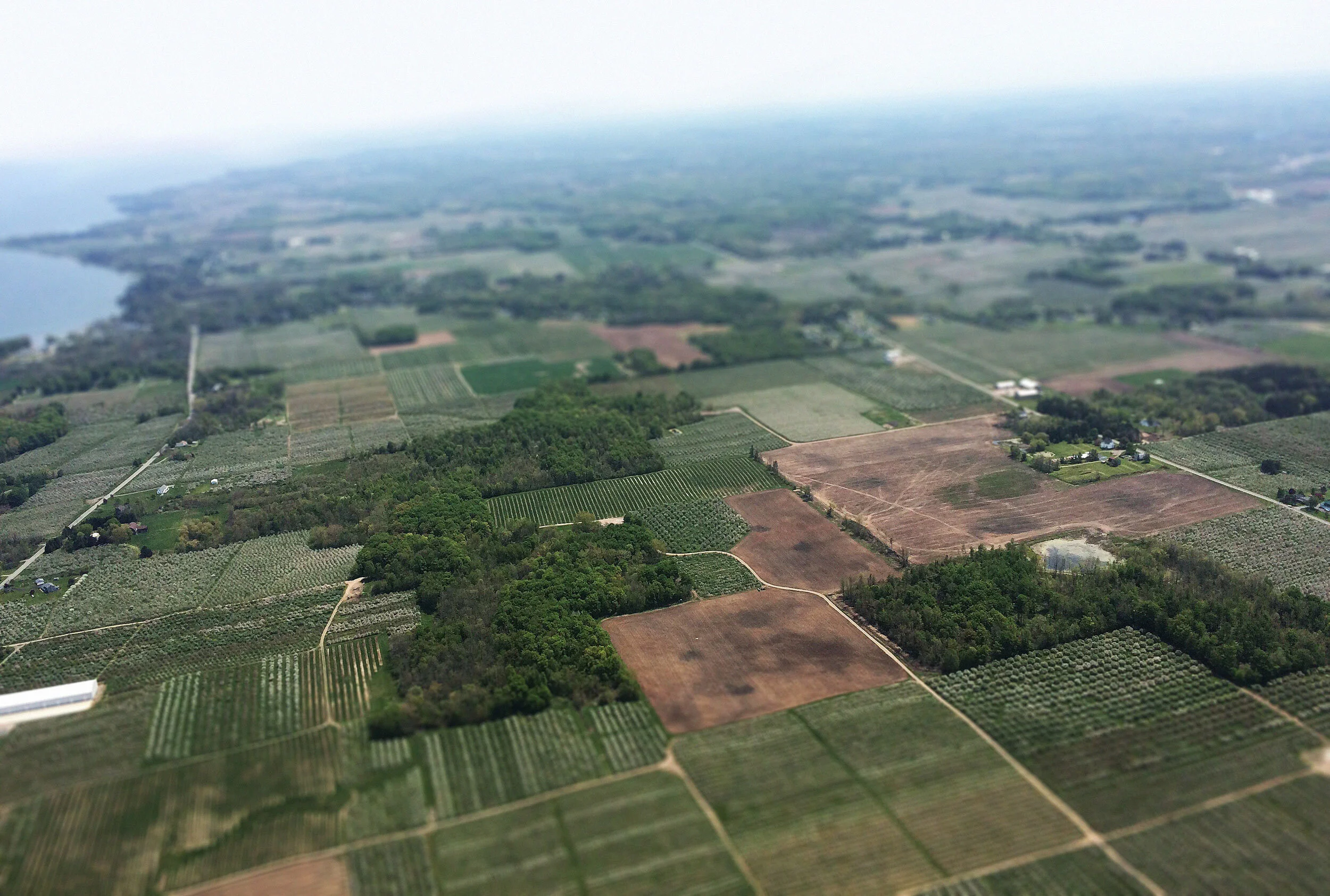Water Availability
An ample supply of high-quality water for drinking, irrigation, industry, public safety, and recreation is fundamental to the region’s current and future health and economic wellbeing. While supply is not currently a concern, much of the region’s groundwater supply is especially susceptible to contamination. Acting now to ensure that aquifers and riparian systems maintain healthy levels of clean water will help to shield the region’s water resources and ensure that they are able to meet the future demands of residents, industry, and agriculture.
Infiltration and Recharge
Aquifer recharge rates should be modeled, and source waters identified and monitored to assess current and future water availability and quality. This should include urban watersheds, as well as aquifers and riparian water sources.
Intergovernmental agreements between states, counties, and/or municipalities should create regional cooperation in the protection and management of shared water resources. Source water identification should be used to identify partners.
Increased infiltration across the region is key to ensuring sufficient groundwater recharge and has the added benefits of water quality protection and flood mitigation. Natural areas and working farms both perform this vital ecosystem service and should be protected.
The permanent protection of open space in aquifer recharge areas should be a priority for conservation organizations, municipal parks, and forest preserves. These lands can not only maintain and improve groundwater recharge but can also protect the quality and health of that groundwater. Sensitive Aquifer Recharge Areas (SARA), which are especially important to groundwater recharge and quality, should be of the highest priority.
Planning and zoning should ensure that the location and type of development, including roads, do not affect groundwater recharge rates or water quality.
SARA should be identified and permanently protected from development, as development in these areas will significantly lower the amount and quality of groundwater recharge.
Green infrastructure also increases infiltration and should be pursued as a stormwater management tactic wherever possible, but particularly in the built environment.
The health and quality of the water supply, both ground and surface waters, should be of primary concern and water quality protection a priority. Contaminated water sources are a health hazard and treating such waters for use by the public is costly.
Water Conservation
Land use, development, and transportation should aim to reduce water use, and as a result wastewater and water pollution, and ideally be designed to enhance water resources.
Programs, policies, and ordinances that encourage water conservation should be explored. Utilities might consider full-cost water pricing, or graduated pricing, and an associated incentive program like water credits.
